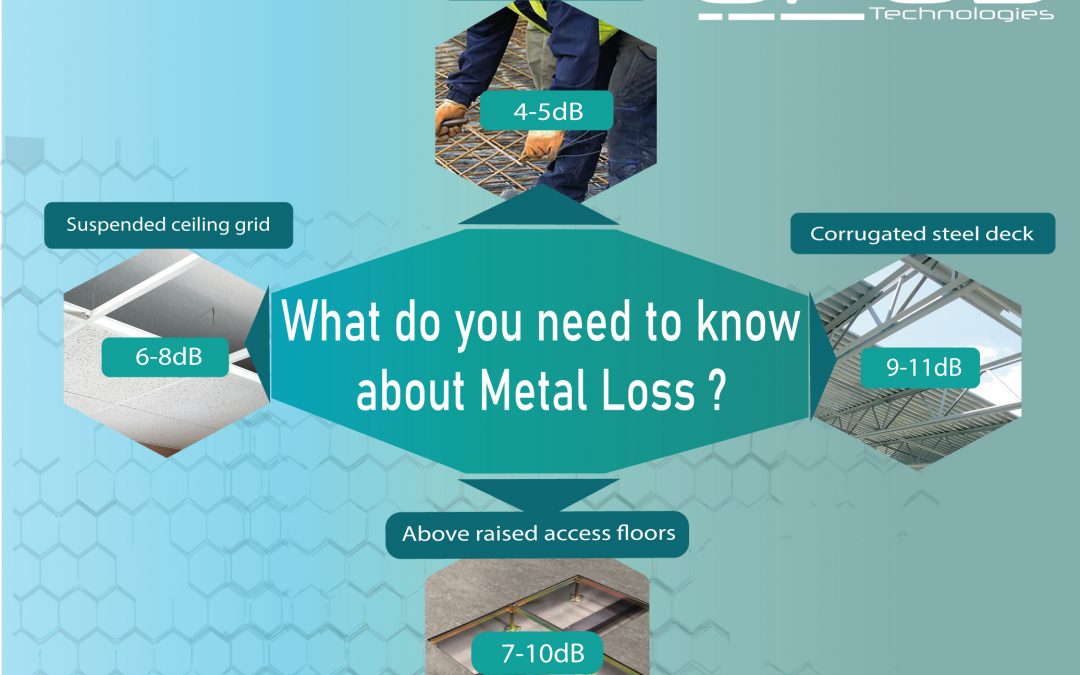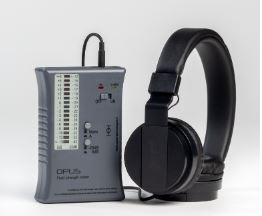When setting up a loop system, it is crucial to consider the presence of metal in the room as it can significantly impact the system’s performance. This factor may necessitate increasing the power of the loop or changing the type of loop layout altogether to compensate. The interference caused by metal can result in a reduction in field strength and the loss of high frequencies, resulting in poor sound quality. The severity of the impact depends on the conductivity of the metal and the distance with the loop wire. Common sources of metal interference include mesh reinforcement, raised access floors with metal tiles, and suspended ceiling grids.
In most cases the closer the loop is from the metal area, the more risk that the loop will suffer from greater metal loss. Beyond 15m of width, there is a noticeable rise in the disparity of field strength across the loop. The reason behind this is that the wire loop, which is the direct source of the field that we want to detect, is farthest from the center of the room. Additionally, the metalwork around us is causing a canceling effect. To solve this issue, we recommend a Loop layout, which includes a set of smaller loop segments scattered throughout the room to maintain a uniform field strength. The length of the loop is almost irrelevant as long as the Loop amplifier has enough voltage headroom to power it, when it comes to metal loss we are mostly concerned about the width of the loop.
![Metal loss [Récupéré]](http://opus-technologies.fr/wp-content/uploads/2023/03/Metal-loss-Recupere.jpg)


